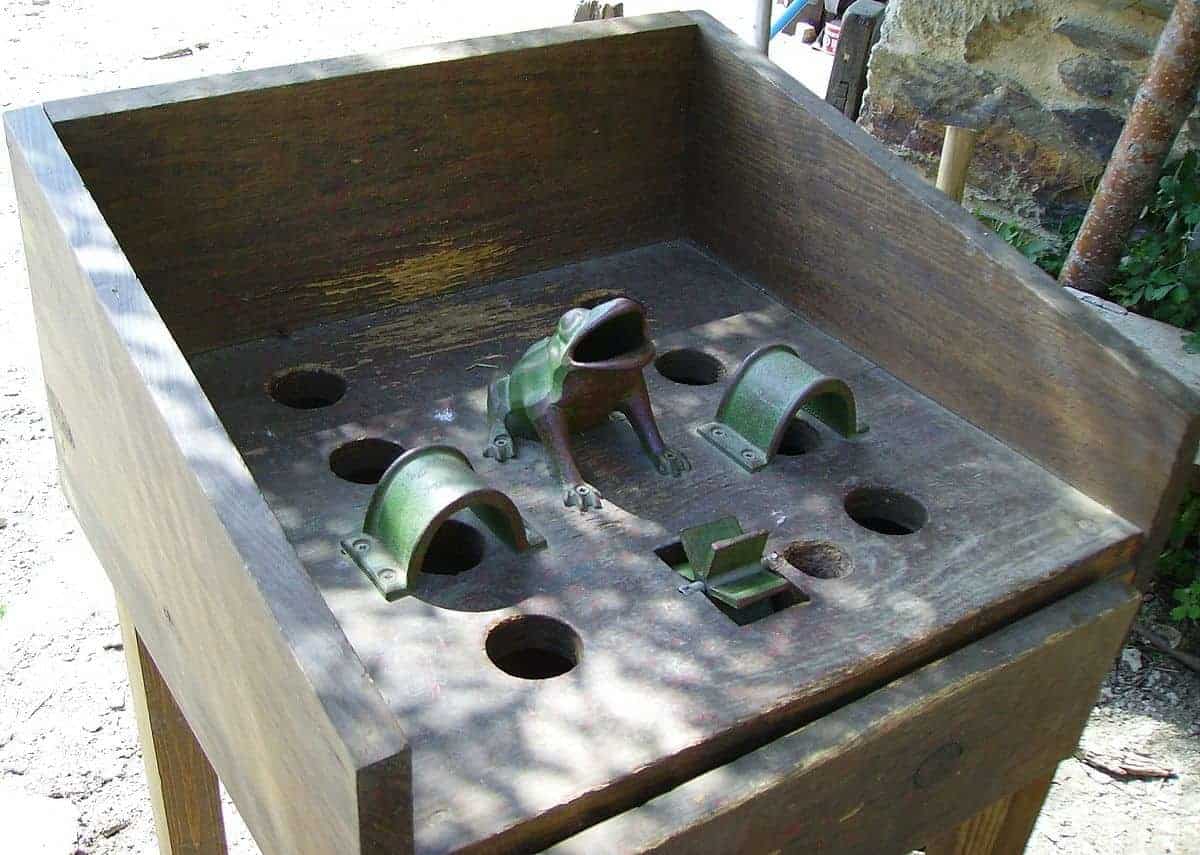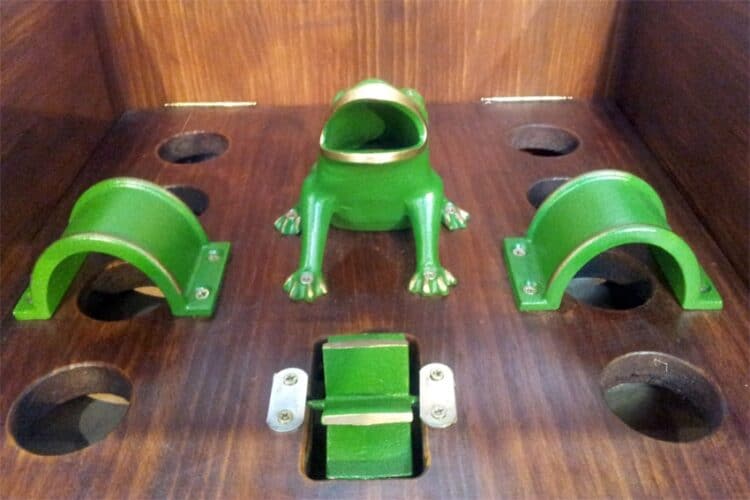In this article we will analyze the traditional games of Castilla y León for the area of Physical Education.
What are traditional games?
Traditional games are those games that, for long periods of time in the past have been practiced from generation to generation, instilling this practice from grandparents to parents and from parents to children so that their legacy continues to reach future generations.
These traditional games of Castilla y León suffer the risk of disappearing mainly because of the depopulation that the rural environments of the different autonomous communities are suffering.
Working these traditional games of Castilla y León within the subject of physical education, are an ideal showcase for students to be aware of the importance of maintaining the legacy that so many ancestors have defended and practiced their ancestors to reach them.
Main characteristics of the traditional games of Castilla y León
The main characteristics of the traditional games of Castilla y León are the following:
- They can be practiced by people of all ages.
- They have rules that are easy to understand, memorize and follow.
- They do not require very expensive material for their implementation.
- They can be practiced at any time and place (1).
What are the best known and most educational traditional games of Castilla y León to work in physical education?
Next, we will describe in detail some of the traditional games of Castilla y León that can be didactically proposed as educational content from the area of physical education:
Traditional game of “Roman Billiards”.
It is a traditional game that consists of bringing one’s own balls as close as possible to a ball called “bili”.
Consequently, the objective will also be that the opponent’s balls are as far away from this ball as possible, in order to reach the 18 points that give the victory.
The game is over when the team or participant reaches the 18 points before all the balls of a game have been shot.
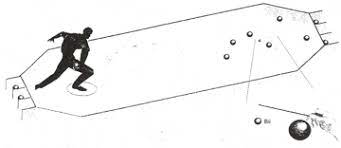
.
Traditional game of “Rana”.
It is a traditional game that has the purpose of introducing a series of iron discs into a metal frog located on a wooden table that is located at a distance of 3 meters.
As it is located on a table, there are also a series of openings through which the discs can be introduced and score points together with another person, as this game is played in pairs.
The game ends after 10 throws have been made by the participating couples, the winner being the one who has accumulated the highest number of points.
Traditional “Tanga” game
It is one of the traditional games of Castilla y León in which a bone-shaped element is placed with a coin on top, which will play an important role during the course of the game.
Depending on whether or not the thong is placed on the ground and the distance it keeps from the coin placed on top of it, the scores will vary.
The game is considered over when each of the teams has made its corresponding rolls, winning the team that has obtained a higher score. (2)
Traditional game of “la herradura” (the horseshoe)
It is one of the traditional games of Castilla y León whose main objective is that from a great distance the shooter manages to reach a stick to leave a horse shoe on it, then the aim necessary for this purpose is very necessary.
Logically, it is very difficult to find horseshoes nowadays, but as physical education teachers we can use other materials that fulfill their function by adapting the materials to the rules of the traditional game of horseshoes, such as hoops (3).
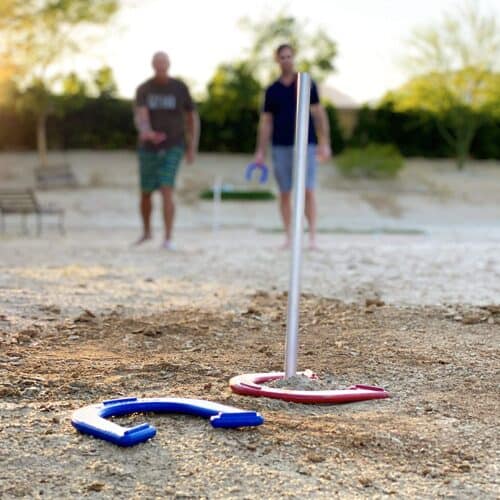
.
Temporalization of the didactic proposal on the traditional games of Castilla y León.
In this section of the article, a didactic proposal will be made to work in physical education on the traditional games of Castilla y León in a period of 7 sessions:
- Session 1: This is how the Romans played billiards: The session will be dedicated to work and practice the traditional game “Roman billiards”, so characteristic of the province of Zamora.
- Session 2: “Avoiding horseshoeing”: in the second session of the unit, we will briefly review what we have seen in the previous session and we will start practicing a new traditional game of the province of Soria, the “horseshoe game”.
- Session 3: “Bowling and its variants according to the region of play”: throughout this class, students will be shown the “bowling game” and the great variety of existing modalities for its practice within the community of Castilla y León, as is the case, for example, of the “bolo leonés”, “el bolo burgalés” or “el bolo palentino”.
- Session 4: “La tuta (Burgos), tarusa (León), tanguilla (Soria), tángano (Salamanca) and tango (Ávila)”: By means of the name given to the session, allusion has been made to the different names by which the popular game of the “tanga” is known, being this the main axis on which the practical development of the session will be based.
- Session 5: “Cuckoo, let’s play frog”: in the fifth session of the proposal, the students will learn and practice the game of “frog”.
- Session 6: “El cachavazo a la boina”: during this session of the unit, students will practice the popular game of “monterilla”, typical of the province of Palencia.
- Session 7: “We compete as our grandparents did”: finally, in this session the students will be proposed a tournament in which they will have to play different traditional games of Castilla y León that they have previously chosen according to their personal preferences and interests in order to make the practical development of the session as fruitful as possible.
Some example of a task to work on the traditional games of Castilla y León in physical education
Next we analyze in a practical way some example tasks to work on the traditional games of Castilla y León.
First example of proposal to work the traditional games of Castilla y León.
Some skittles will be placed with a separation of 0.85 m. between them, with the distribution that appears in the graphic representation of the task:
- 9 skittles placed at a distance of 0.85 m. between them.
- 1 pin called “miche”, placed 25 cm away from the middle lane pin.
All the pins, if knocked down, are worth 1 point, except the middle pin, which when knocked down alone is worth 2, and the miche, which when knocked down with other pins is worth 4, while it does not score if it is knocked down alone.
Players may not move their foot from the place marked for this purpose on the pates, but may, by the inertia of the throw, go over the line, provided that the ball has been previously released.
Once the order of the throw is drawn, each player will shoot “up” and then “down”, and must close with 50 points (that is to say, in each throw, there will be 2 throws).
The competition will come to an end after four games of three won games have been played.
In principle, the throws will be with the foam rubber ball, only taking into account that they do not go over the throwing lines, but then different throwing variants will be included, with which to complicate the throws in the students, such as, for example, having to throw with the foot, with the unskilled hand, with the eyes closed or with the back to the pins…

.
Second example of proposal to work on the traditional games of Castilla y León
The students are placed at 3.50 m and in pairs (although it may vary depending on the students), and then the teacher will place the hoops that will simulate the distribution of the different holes that are present in the table of the frog game, which are the following:
- Frog in the center of the table which has a value of 50 points.
- Mill at the front of the table which has a value of 25 points.
- Two bridges on the sides of the front which has a value of 10 points.
- Five unobstructed holes which has a value of 5 points.
The rules to be established for the competition in this task are as follows:
- Each player will throw alternately to the other pair with whom he/she is competing.
- The games will be played to ten throws and the winner will be the one with the most points at the end of the games.
- The throw must not go over the line marked by chalk on the floor.
- All the hoops will keep the same distance between them, as if it were a frog table.
Except for the traditional game, in this task the balls used in petanque will be used, therefore, these two traditional games of Castilla y León will coexist at the same time.
For this reason, as there are only hoops with which to determine the scores of the game, the members of the different couples can expel from them, the balls belonging to the other couple to settle in these hoops as if they were playing petanque.
A set of petanque balls will be distributed to each group, so that each pair has 4 balls to throw.
As far as possible, also, try to put some obstacles that prevent the easy launching of the balls to those hoops in which you can get a higher score, as in the case of the hoop where the frog would be.
In order to encourage social interaction and that the students have the greatest possible motor commitment through this traditional game, the pairs of groups will be exchanged.
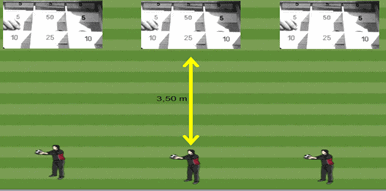
.
Bibliographic references
- EF sports. Retrieved from https://www.efdeportes.com/efd13/juegtra1.htm Retrieved January 30, 2022.
- Lahuerta Izquierdo, A. (2016). Reglamentos deportes autóctonos. Conserjería de Cultura y Turismo. Dirección General de Deportes de la Junta de Castilla y León.
- Veleda Vallelado, M. J. (n.d.). Juegos y Deportes tradicionales de nuestra comunidad.
- Méndez-Giménez, A., & Fernández-Río, J. (2011). Analysis and modification of traditional games and sports for their appropriate application in the educational environment. Retos. New trends in Physical Education, Sport and Recreation, (19), 54-58. Retrieved from: https://www.redalyc.org/pdf/3457/345732285011.pdf
- Rodríguez, I. M. (2013). The traditional game as content and as a didactic tool in Primary Education.
